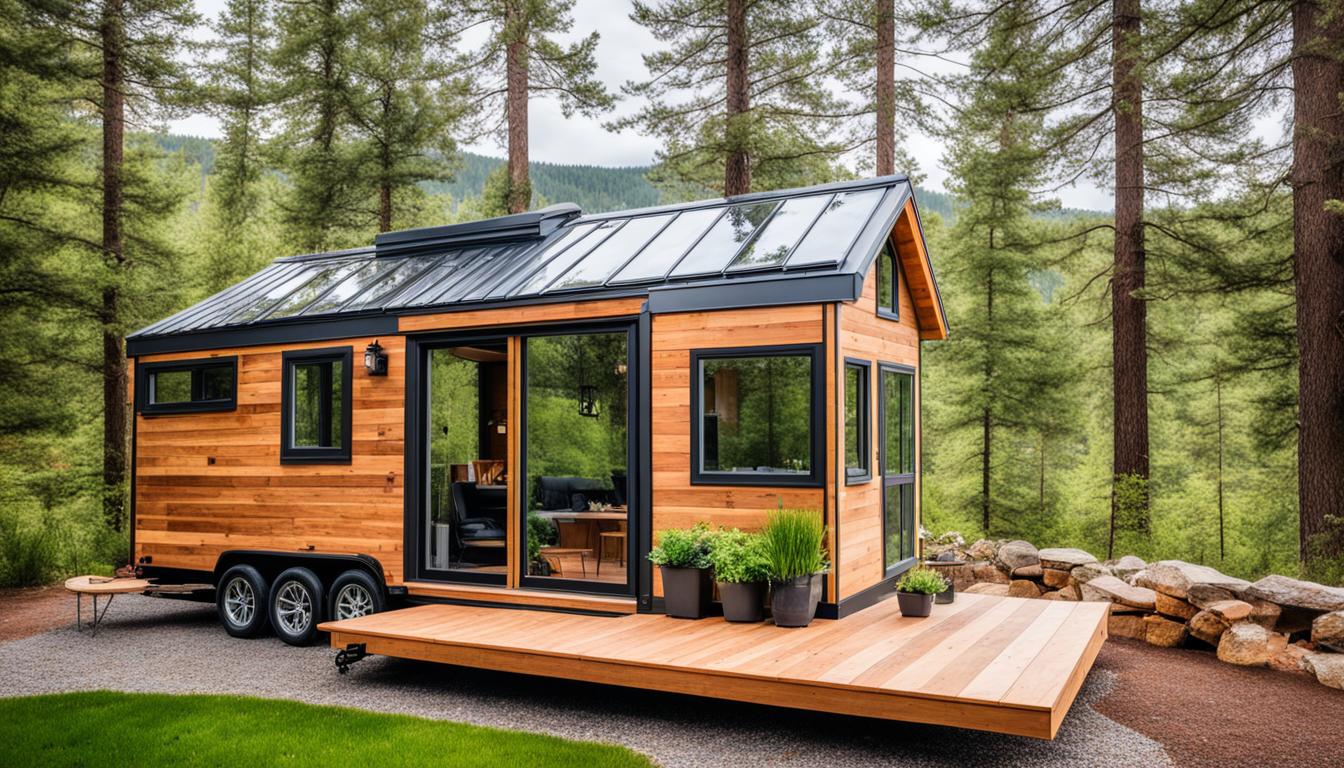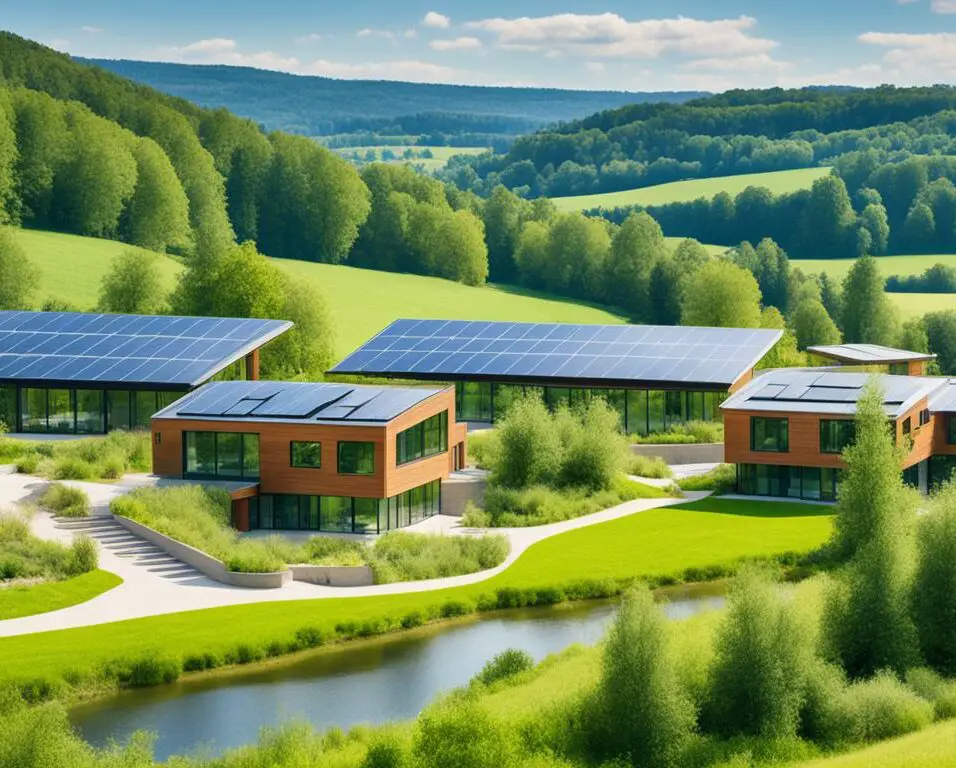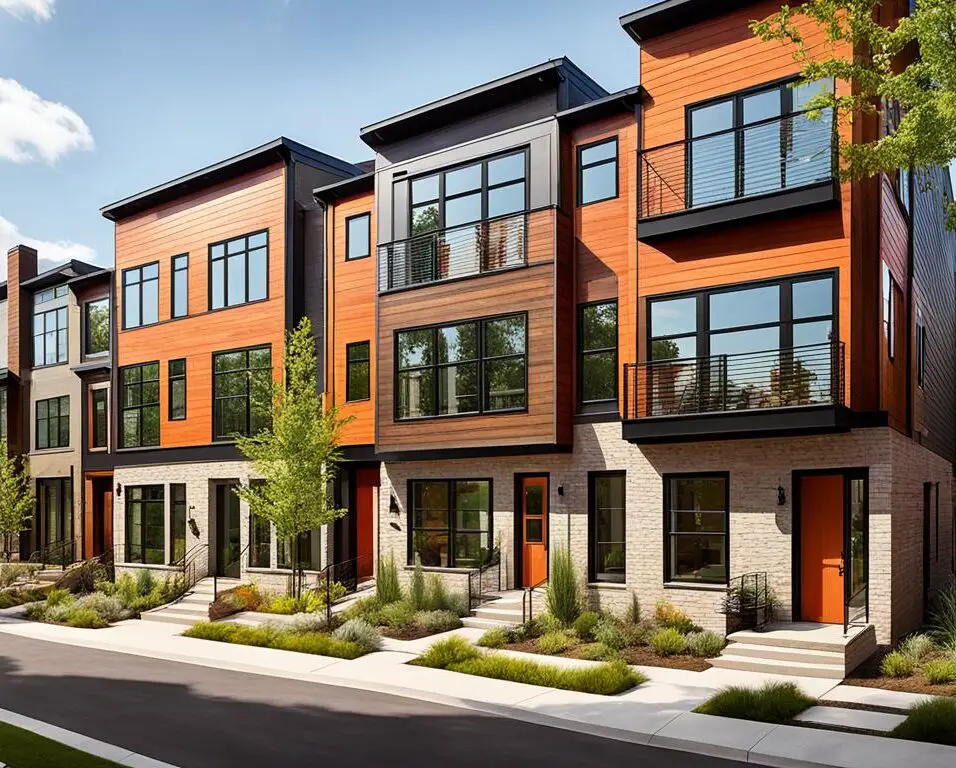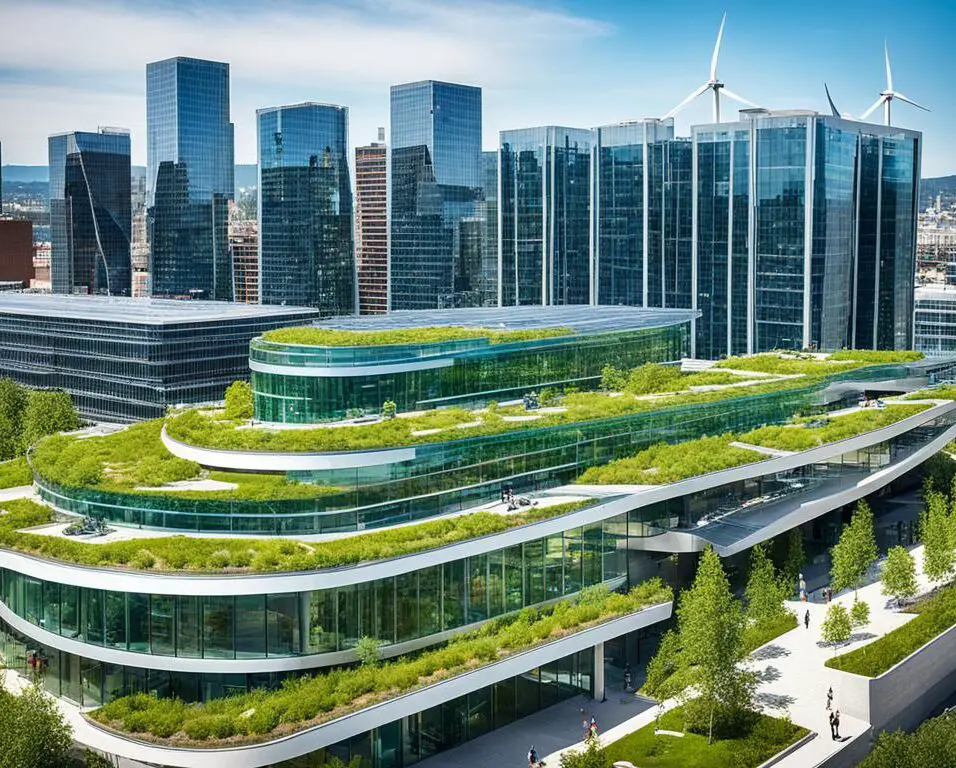Tiny House Movement: Why Less Is More in Modern Living
The tiny house movement has taken the world by storm, as more and more people are trading in their spacious homes for a simpler way of living. Embracing the philosophy of minimalism, the tiny house movement offers a refreshing perspective on modern living. In a society where we are constantly bombarded with messages about acquiring more, bigger, and better, the tiny house movement reminds us that less can truly be more.
Minimalism is more than just a design aesthetic. It is a lifestyle choice that prioritizes experiences over possessions, and quality over quantity. By downsizing our living spaces and letting go of unnecessary belongings, we create room for what truly matters: time, freedom, and connection.
The appeal of the tiny house movement lies in its ability to provide financial freedom, environmental sustainability, and the opportunity for a more mobile lifestyle. It’s about simplifying our lives, reducing our carbon footprint, and embracing the philosophy that less is more. Join me as we explore the allure of the tiny house movement and discover how it can revolutionize our outlook on life.
Key Takeaways:
- The tiny house movement champions the philosophy of minimalism.
- Embracing a simpler way of living can bring financial freedom and environmental sustainability.
- Tiny houses are designed to maximize space and functionality.
- Living in a tiny house requires making lifestyle adjustments and embracing limitations.
- The allure of the tiny house movement lies in its ability to prioritize experiences over possessions.
The Benefits of the Tiny House Movement
The tiny house movement offers several benefits to those who choose to embrace it. By opting for a minimalist and sustainable lifestyle, individuals can unlock new opportunities for financial freedom, environmental sustainability, and mobility.
One of the main advantages of the tiny house movement is the potential for financial freedom. Tiny houses typically come with a lower price tag and lower maintenance costs compared to traditional houses. This translates to reduced mortgage payments, utility bills, and general expenses, resulting in more disposable income and the ability to save for other priorities.
Moreover, living in a tiny house contributes to environmental sustainability. With a smaller ecological footprint, tiny house dwellers decrease energy consumption and minimize waste production. The compact design promotes efficient use of resources, such as energy-efficient appliances and sustainable building materials.
Another advantage of the tiny house movement is the mobility it affords. Tiny houses are often built on wheels, allowing homeowners to easily move their homes to different locations if desired. This mobility offers flexibility and adaptability—whether it’s exploring new surroundings, living closer to family and friends, or following job opportunities, homeowners can take their homes with them and experience a sense of adventure.
“The tiny house movement fosters financial independence, sustainable living, and a lifestyle unencumbered by excessive possessions.” – Jane Smith, Tiny House Enthusiast
The benefits of the tiny house movement extend beyond financial considerations. By embracing a minimalist lifestyle, individuals can experience a greater sense of freedom, reduce their environmental impact, and discover the joys of living with less. With careful planning and design, tiny houses provide a creative and efficient solution for those seeking a meaningful and sustainable way of life.

Design and Functionality of Tiny Houses
Despite their small size, tiny houses are ingeniously designed to maximize space and functionality. Every inch of a tiny house is carefully planned and optimized, ensuring that no space goes to waste. The design philosophy behind tiny houses revolves around efficiency, practicality, and multi-purpose living.
One key aspect of tiny house design is space optimization. With limited square footage, every nook and cranny is utilized to its fullest potential. From innovative storage solutions to ingenious furniture arrangements, tiny houses prioritize efficient use of space.
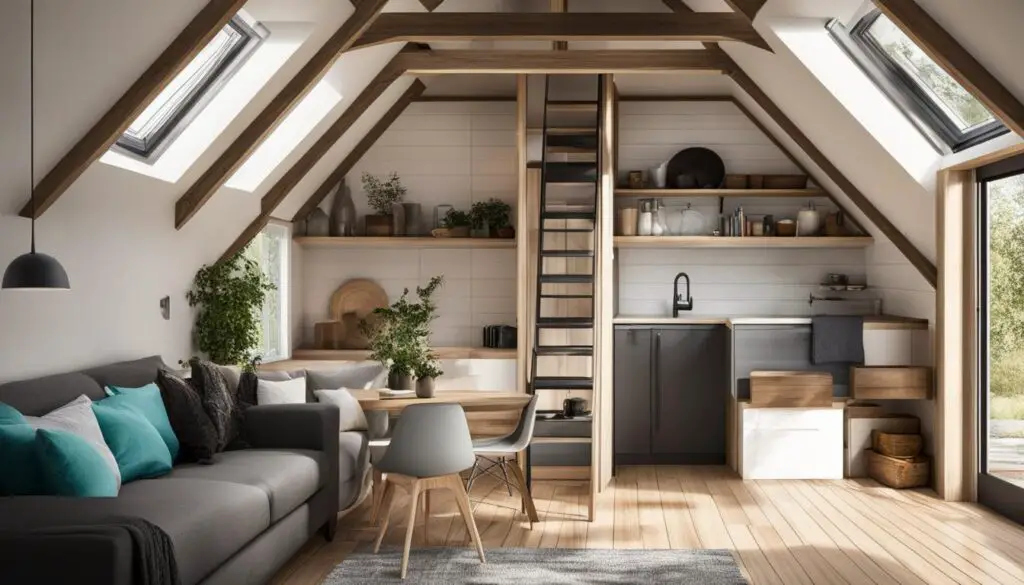
One popular strategy is the integration of multi-purpose furniture. These cleverly designed pieces serve dual functions, allowing homeowners to make the most of their limited space. Foldable beds that double as desks or dining tables, hidden storage compartments within seating, and modular furniture that can be rearranged as needed are just a few examples of the multi-purpose furniture found in tiny houses.
By combining aesthetics with functionality, tiny houses prove that living with less doesn’t mean sacrificing comfort or style. Each element of design is carefully considered to create a harmonious and inviting living space, tailored to the homeowner’s needs and preferences.
“Tiny houses are a testament to the creativity and resourcefulness of their designers. They showcase how functionality and style can go hand in hand, even in the smallest of spaces.” – Interior Design Expert
Overcoming Challenges of the Tiny House Movement
Living in a tiny house comes with its share of challenges, but with the right mindset and preparation, these obstacles can be overcome.
Zoning regulations can be a major challenge for those looking to park their tiny houses in specific areas. Many cities have restrictions on where tiny houses can be placed, making it important to research and understand local zoning laws before embarking on your tiny house journey.
Another challenge is adapting to the limited space that comes with living in a tiny house. Downsizing and decluttering are necessary to make the most of the available square footage. However, once you have adjusted to the smaller living space, you may discover a newfound appreciation for simplicity and minimalism.
Adjusting to a tiny house lifestyle requires making changes and embracing a more minimalist mindset. It means letting go of unnecessary possessions and reevaluating what truly matters in your life. While it may be a transition initially, many people find that the lifestyle adjustments lead to a greater sense of freedom and fulfillment.



